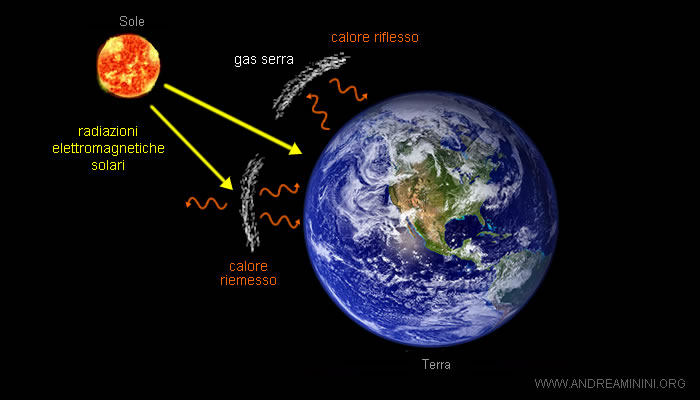


Additive cooperation was also demonstrated for enhancers within the Myc-regulating superenhancer and for limb enhancers ( Bahr et al., 2018 Osterwalder et al., 2018). Genetic in vivo dissection of the enhancer elements of the α-globin superenhancer has shown that the activity of the α-globin genes increased linearly with the number of enhancers used, showing additive enhancer cooperation ( Hay et al., 2016). Available studies suggest that enhancers can cooperate in an additive or a synergistic manner. Cooperation may be achieved by liquid–liquid phase separation of general and gene-specific TFs ( Hnisz et al., 2017).Įnhancer cooperation has been investigated at the level of individual genes. It has been suggested that the individual constituent enhancers of such clusters cooperate in a synergistic manner to activate target genes ( Hnisz et al., 2017 Shin et al., 2016). Previous studies have defined lineage-determining clusters of enhancers (‘superenhancers’) that span several kilobases of DNA and contain a high density of TF- and mediator-binding sites ( Hnisz et al., 2013 Whyte et al., 2013). Enhancers contain transcription factor (TF) binding sites, recruit TFs, and drive cell type-specific gene expression programs. IntroductionĮnhancers are cis-regulatory DNA elements that drive the transcription activity of target gene promoters ( Beagrie and Pombo, 2016 Long et al., 2016 Spitz and Furlong, 2012). Enhancer synergy appears to depend on cell type-specific transcription factors, and such interacting enhancers are not predicted from occupancy or accessibility data that are used to detect superenhancers. The target genes are cell type-specific, suggesting that enhancer synergy can contribute to cell fate determination. However, transcription from 136 target genes depends exponentially on the summed activity of its putative paired enhancers, indicating that these enhancers cooperate synergistically. Using eRNA synthesis as a proxy for enhancer activity, we find that most putative enhancers cooperate in an additive way to regulate transcription of assigned target genes. Putative enhancers are established by binding of the pioneer factor C/EBPα followed by chromatin opening and enhancer RNA (eRNA) synthesis from H3K4-monomethylated regions. Here we investigate enhancer cooperation during transdifferentiation of human leukemia B-cells to macrophages. Enhancer activity drives cell differentiation and cell fate determination, but it remains unclear how enhancers cooperate during these processes.


 0 kommentar(er)
0 kommentar(er)
